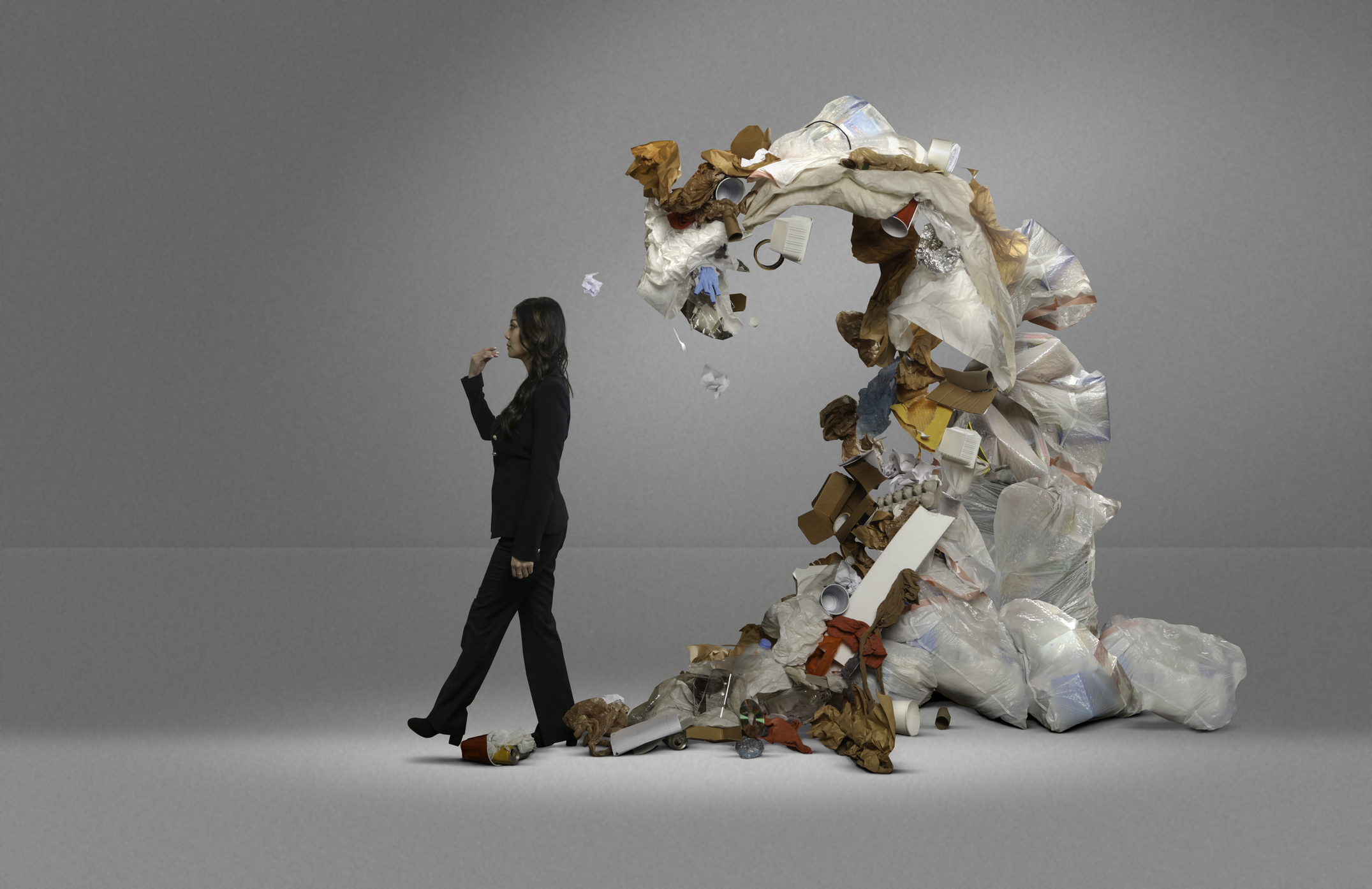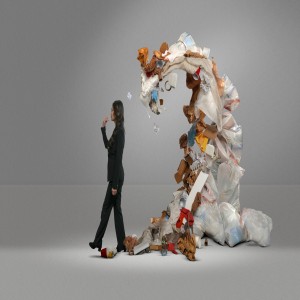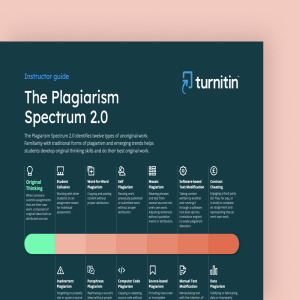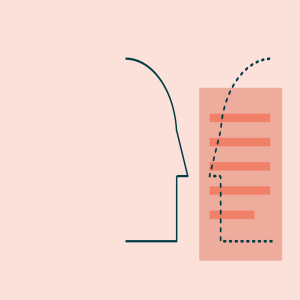Reusing your previous work has a number of names: recycling, repurposing, resubmitting and even self-plagiarism.
However, students and instructors alike often ask the same question: Is this a form of plagiarism?
The answer to that is very often yes: As mentioned in an earlier blog, in most circumstances it is simply not acceptable to reuse your previous work without clear citation. It is against the guidelines of research organizations, school honor codes, and may even run afoul of copyright law in some cases.
But the question is simple: Why is this unethical? After all, if you are reusing your content, you’re not plagiarizing or victimizing someone else. Shouldn’t it be ok?
The answer is no, but to understand why we have to look at the fundamentals of why plagiarism is considered unethical and how reusing your work without citation fits into it.
The Lie of Plagiarism
Plagiarism, on its most fundamental level, is a lie. The plagiarist is claiming to have written or created something original that they did not and are taking credit for work they did not do.
But who is harmed by that lie? Though many assume the only person harmed is the person who is plagiarized, there are actually two separate groups that are impacted when one plagiarizes:
- The Victim: The most obvious person impacted is the person or group, being plagiarized. They are the ones being denied credit for their work and expertise. Though that credit might seem to be insignificant, attribution is often a core part of their professional reputation, i.e. how they further their careers, establish competence, or let others know about their work.
- The Audience: In addition to the person or people being plagiarized, the audience is also a victim. After all, the audience is being fed a lie. They were led to believe they are reading an original by the author, only to be reading the previous work of someone else. In short, the audience is not getting what they were promised.
That is because, when you put your name on a work and present it to an audience as your own, you’re creating a contract with your audience. Though the exact terms of that contract change based on the type of work and who the audience is, the contract is there and typically includes the following agreements:
- The work is yours unless otherwise specified
- The work is new and original, also unless otherwise specified
- If the work is non-fiction, you’ve done your best to ensure the accuracy of the work
The second point is crucial: while you may not be victimizing a third party with your plagiarism, you are still undermining an unspoken contract with your audience. Whether that audience is the thousands of people reading your publication or just your teacher, you are breaking that promise by reusing your previous works without making it clear you are doing so.
In short, you’re trying to get double the benefit from the same amount of work.
There are exceptions to this rule, such as the legal field where lawyers often reuse parts of previous filings to save time or computer programmers who reuse code. However, in both of those cases, the acceptance of recycling is due to the authorship and writing challenges of those specific fields. In general, your audience has a reasonable expectation that your writing will be unique, meaning new, in addition to being originally created by you.
This raises another question: If you need to or want to, how do you reuse your content ethically?
Ethical Recycling
If a situation does arise where you want or need to reuse your previous work, there’s a very simple solution to doing so: Be honest and open about it.
For example, if your instructor gives an assignment that is extremely similar to one that you turned in previously, simply handing in your previous work and passing it off as an original is a form of plagiarism. However, if you talk with your instructor and explain the situation, they may well agree to allow you to do so.
If you speak with your instructor and they agree to it, you’ve changed the audience expectation and it’s no longer misleading or a lie.
Another possibility, especially if you just want to use short passages from your previous work, is to quote and cite it the same as you would any other outside source. This includes quoting any direct passages you reuse as well as providing a full citation for the original paper.
This may be awkward from a writing standpoint, but usually can be done. However, you’ll likely want to speak with your instructor before doing this, just to make sure that it meets the criteria for the assignment.
Conclusions
In the end, it comes down to the expectations of your audience. If your audience is expecting a wholly original work and you simply turn in something that you’ve already published or submitted elsewhere, you have broken your contract with them. That, ultimately, is a form of plagiarism.
However, there are ways to ethically reuse your previous content. As long as you understand that the audience is expecting an original work (original meaning new) and you adjust their expectations accordingly, you can often reuse your previous work ethically with proper citation.
Recycling, much like traditional plagiarism, isn’t about saying you can’t use outside work in your writing, it’s about saying how you use it so that you treat your audience with the respect that they deserve.
Want to provide meaningful student feedback and deter plagiarism? Learn more about Feedback Studio.







